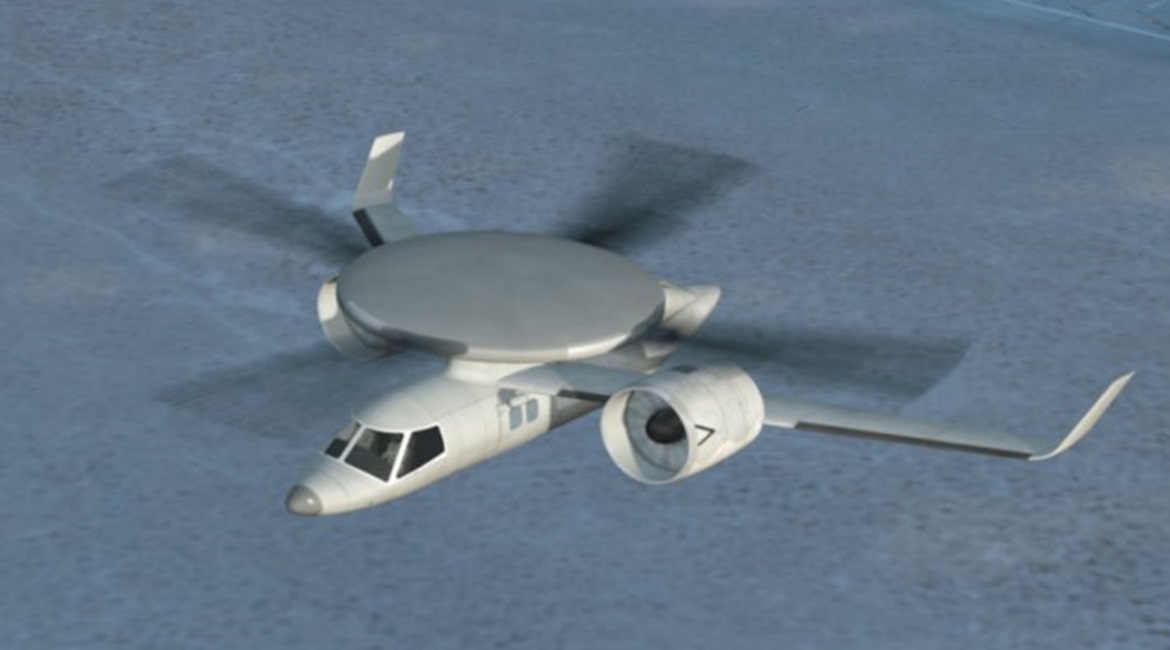
The US Air Force’s (USAF’s) AFWERX venture wants to achieve jet speed with platforms proposed through its new High-Speed Vertical Take-Off and Landing (HSVTOL) Challenge, but recognises that high speed comes with high costs.
“We would love to have that speed,” Colonel Nathan Diller, AFWERX director, told Janes on 21 May. “[But] speed is obviously expensive. Trying to find … the knee in the curve for the business case is really something that we are exploring.”
On 18 May AFWERX launched its HSVTOL concept challenge, a crowdsourcing effort aimed at advancing VTOL solutions in austere environments. The USAF, in partnership with US Special Operations Command (SOCOM), seeks groundbreaking ideas that will further strengthen operational effectiveness and efficiency in contested, cost-constrained, and runway-independent settings, according to an AFWERX statement.

AFWERX launched its High-Speed Vertical Take-Off and Landing (HSVTOL) Challenge, a crowdsourcing effort aimed at advancing VTOL solutions in austere environments, on 18 May. The DARPA/Boeing DiscRotor (pictured) was designed to reach speeds over 360 kt in fixed-wing mode. (DARPA)
Jet speed is high-subsonic, which is Mach 0.6–0.9, or 398–595 kt. According to a 2010 ‘100 Years of Disc-Rotor Research’ white paper by Angelo Collins and Mike Hirschberg, helicopters are capable of VTOL, but are generally limited to speeds below 200 kt. Conventional fixed-wing aircraft can be faster, but cannot hover, and require fixed runways to take off and land.
Looking to read the full article?
Gain unlimited access to Janes news and more...




